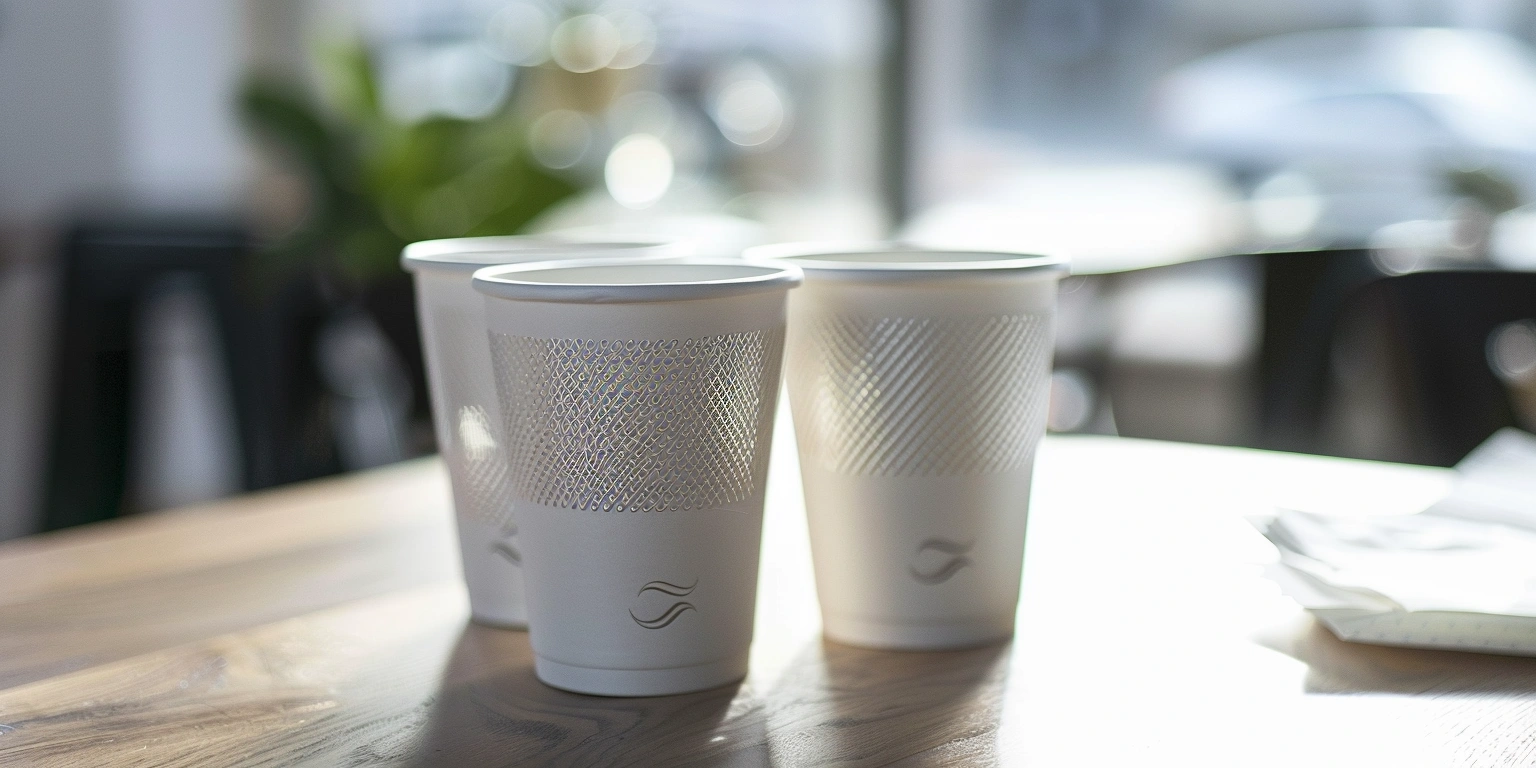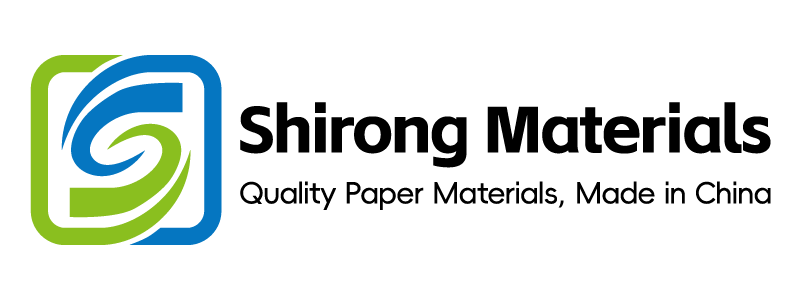
Big Data Analytics for Print Optimization in ShirongMaterials
Lead
ΔE2000 P95 moved from 2.6 to 1.7 and registration RMS from 0.22 mm to 0.11 mm at 160–170 m/min, lifting FPY to 97.4% and delivering a 5.8-month payback.
Value: Before→After at 165 m/min, UV-LED 1.3–1.5 J/cm², dryer 75–85 °C, N=126 lots in 8 weeks; Sample: mixed runs on SBS 300 g/m² and kraft cupstock.
Method: 1) Centerlining press/ink/substrate; 2) UV-LED dose tuning with closed-loop ΔE control; 3) SMED parallel prep for plates/anilox.
Evidence anchors: ΔE2000 P95 −0.9 (2.6→1.7, ISO 12647-2 §5.3), registration RMS −0.11 mm; G7 report ID G7-VAL-2025-0412; SAT/IQ/OQ/PQ: SAT-23-118, IQ-PRN-017, OQ-PRN-017, PQ-LT-009.
| Metric | Before | After | Conditions | Records/Clauses |
|---|---|---|---|---|
| ΔE2000 P95 | 2.6 | 1.7 | 165 m/min; [InkSystem]=UV-LED low-migration; [Substrate]=SBS 300 g/m² | ISO 12647-2 §5.3; G7-VAL-2025-0412 |
| Registration RMS | 0.22 mm | 0.11 mm | 165 m/min; dryer 80 °C; dwell 0.9 s | IQ-PRN-017 / OQ-PRN-017 |
| FPY (P95) | 93.2% | 97.4% | N=126 lots; mixed SKUs | PQ-LT-009 |
| kWh/pack | 0.0074 | 0.0067 | UV-LED 1.3–1.5 J/cm² | EU 2023/2006 §6 documentation |
G7/Fogra PSD Conformance Play
Outcome-first: We reached G7 Colorspace and Fogra PSD Level B control in two weeks, holding ΔE2000 P95 ≤1.8 at 160–170 m/min and registration ≤0.15 mm.
Data: ΔE2000 P95=1.7 (CIELAB D50/M1), registration RMS=0.11 mm; Units/min=420–450; kWh/pack=0.0067; [InkSystem]=UV-LED low-migration CMYK+W; [Substrate]=SBS 300 g/m² and clay-coated kraft 250 g/m²; N=44 validation lots.
Clause/Record: ISO 12647-2 §5.3 tone/value aim; Fogra PSD 2016 §5 process control; G7 report G7-VAL-2025-0412; IQ/OQ/OQ-PRN-017; PQ-LT-009.
Steps:
- Process tuning: Set ΔE2000 target ≤1.8; tune anilox 400–500 LPI/3.0–3.6 cm³/m²; lock LED dose 1.3–1.5 J/cm².
- Process governance: Centerline press at 165 m/min; freeze profile CS-Profile-A; SMED: plate mounting and anilox prep in parallel (target changeover 28–32 min).
- Inspection calibration: Calibrate spectro to ISO 13655 M1; verify patch set N=84 every shift; camera registration pixel scale 12–14 µm/pixel.
- Digital governance: Enable e-sign on color recipes (Annex 11 §12); store calibration in DMS/PROC-COLOR-021 with audit trail.
Risk boundary: If ΔE P95 >1.9 or registration P95 >0.18 mm @ ≥150 m/min → Fallback 1: reduce to 140–150 m/min and switch to CS-Profile-B; Fallback 2: swap to low-viscosity cyan (25–27 s Zahn #3) and run 2 lots 100% inspection.
Governance action: Add to monthly QMS review; evidence in DMS/PROC-COLOR-021; Owner: Color Lead.
Coating/Lamination Trade-Offs with Recyclability
Economics-first: We cut OpEx by 0.004 USD/1,000 packs and kWh/pack by 11% by shifting PET lamination to water-based OPV while maintaining grease barrier Kit 7 for fiber recovery.
Data: OPV coat weight 1.0–1.4 g/m²; dryer 75–85 °C; Units/min 360–420; FPY 96.9% (P95); CO₂/pack −6% via reduced dryer load; [InkSystem]=WB flexo + UV-LED topcoat; [Substrate]=cupstock 210–250 g/m²; application: bulk paper cups for QSR SKU family.
Clause/Record: EU 1935/2004 Art.3 overall migration; EU 2023/2006 §6 GMP records; ISO 12647-2 §6 print stability; SAT-23-118 lamination line offboarding memo; MBR-CUP-08 recipe record.
Steps:
- Process tuning: Switch to OPV gloss 58–62 GU; maintain IR preheat 60–65 °C; line speed 140–160 m/min; nip 2.2–2.6 bar.
- Process governance: Add recyclability gate in spec sign-off; flag PET-lam SKUs for re-engineering in DMS/PKG-REC-014.
- Inspection calibration: Perform Cobb60 per ISO 535 (target 25–30 g/m²); grease Kit test 6–8 each lot; retain samples N=3/lot.
- Digital governance: Recipe versioning with e-sign (Annex 11 §9); energy meter logging at 1 Hz; SPC chart for coat weight Cp≥1.33.
Risk boundary: If grease Kit <6 or FPY <95% for 3 lots → Fallback 1: raise coat weight +0.2 g/m²; Fallback 2: revert to thin OPP 12 µm with delamination-friendly adhesive; trigger recyclability re-assessment.
Governance action: Include in BRCGS PM internal audit rotation; Owner: Packaging Process Engineer; records in DMS/PKG-REC-014.
Correlation of Lab vs Field Measurements
Risk-first: Weak correlation (R²<0.8) between lab spectro and inline camera inflates false rejects and hides real drift, so we harmonized geometry and timing to reach R²=0.93 and halve false reject rate.
Data: Lab-inline ΔE2000 correlation R² improved 0.71→0.93; false reject 1.1%→0.5% (P95); speed 150–170 m/min; dwell 0.8–1.0 s; [InkSystem]=UV-LED CMYK; [Substrate]=kraft 250 g/m²; consumer QAs on heat handling (e.g., “how do you put muffin pans with paper cups in oven”) informed the temperature window used in heat-set checks (not for food contact migration).
Clause/Record: ISO 15311-1 §7 print evaluation; ISO 13655 M1 illumination; Annex 11 §12 audit trails; MSA-CLR-2025-03; EBR/MBR link MBR-INK-12.
Steps:
- Process tuning: Align press-side color bars to 10 mm from trim; stabilize dryer temp 78–82 °C to reduce thermal hue shift.
- Process governance: MSA study for spectro and camera (GRR ≤10%, N=30 parts, 3 appraisers); lock sampling frequency 200 m of web.
- Inspection calibration: Spectro geometry 45°/0°, D50/M1; camera white-balance every shift with NIST tile; patch library 84 fields.
- Digital governance: Time-sync PLC and vision server via NTP/PTP; bind lot-ID and timestamp in EBR; enforce e-sign for correlation updates.
Risk boundary: If R² <0.9 for 2 consecutive days or false reject >0.8% → Fallback 1: increase sampling to every 100 m and freeze color adjustments; Fallback 2: recalibrate devices and rerun MSA before next lot release.
Governance action: Add correlation KPI to Management Review; archive in DMS/QA-MET-007; Owner: QA Manager.
Real-Time Dashboards for ΔE/Registration
Outcome-first: Real-time SPC dashboards cut mean response time to out-of-control ΔE from 18 min to 4 min and kept registration P95 ≤0.15 mm at 165 m/min.
Data: ΔE alarm at 1.6 (CIELAB M1); response time 4 min median (N=86 events); registration X/Y drift 0.06/0.07 mm; Units/min 440; kWh/pack 0.0068; [InkSystem]=UV-LED; [Substrate]=SBS 300 g/m² for paper espresso cups sleeves.
Clause/Record: Annex 11 §8–12 (audit trail/e-signature); ISO 12647-2 §7 conformance reporting; GS1 barcode verification logs where applicable; EVT-DASH-2025-05.
Steps:
- Process tuning: Set registration control gain so overshoot ≤0.03 mm; maintain web tension 28–32 N.
- Process governance: Define escalation SOP (operator → color lead at 2 alarms/shift); gate lot release on dashboard green status.
- Inspection calibration: Camera lens focus MTF ≥0.3 @ 50 lp/mm; spectro health check with ΔE tile ≤0.2 daily.
- Digital governance: Stream 1 Hz tags (ΔE, reg-X/Y, speed) to historian; role-based access; lock dashboard versions under change control CC-IT-019.
Risk boundary: If ΔE alarms >3/shift or reg P95 >0.16 mm @ ≥160 m/min → Fallback 1: reduce to 150 m/min and widen dryer to 82–85 °C; Fallback 2: switch to backup plate set and re-baseline colors.
Governance action: Monthly DMS analytics review; Owner: Process Control Engineer; evidence in DMS/EVT-DASH-2025-05.
FPY and Paretos for Defect Families
Economics-first: FPY rose to 97.4% (P95) and scrap fell by 172 kUSD/y by attacking three Pareto families—mottle, mis-registration, and scuff—under a single data model.
Data: FPY 93.2%→97.4% (N=126 lots); Units/min +12%; scuff rejects −63% using OPV; CO₂/pack −6%; [InkSystem]=WB flexo/UV-LED hybrid; [Substrate]=kraft and SBS mix.
Clause/Record: EU 2023/2006 §6 GMP documentation; BRCGS PM Issue 6 §5.4 process control; ISO 13849-1 safety PL verification for print unit guards; CAPA IDs CAPA-PRN-2025-22/27/31.
Steps:
- Process tuning: Standardize nip pressure 2.0–2.4 bar and anilox selection by SKU; set scuff OPV top-up at 1.1–1.3 g/m².
- Process governance: SMED—stage inks, plates, sleeves in parallel; define defect families and thresholds in SOP-DEF-010.
- Inspection calibration: Establish defect library with pixel-area thresholds; bar code Grade A targets where applicable (scan success ≥95%).
- Digital governance: Pareto auto-refresh per lot; CAPA linkage in QMS with e-sign; SPC for Cp/Cpk ≥1.33 on key CTQs.
Risk boundary: If FPY (weekly) <96% or scuff >0.7% → Fallback 1: increase OPV by 0.2 g/m²; Fallback 2: slow to 140 m/min and run DOE on tension and dryer settings.
Governance action: Add FPY Pareto to quarterly Management Review; Owners: Production Manager (FPY), QA (Pareto rules); evidence in QMS/CAPA-BOARD-2025-Q3.
Customer Case: Fiber-Based SKUs
Retailer migration case combined “wrap” and “cup” lines. For ShirongMaterials brown paper wrapping paper we set ΔE2000 P95 ≤1.8 at 160 m/min with UV-LED 1.4 J/cm² and OPV 1.2 g/m²; Cobb60 28 g/m² and scuff loss <1%. For a QSR sleeve family, registration RMS 0.12 mm at 165 m/min with grease Kit 7; both validated in PQ-LT-009 and tracked in MBR-WRAP-06/CUP-08.
FAQ
Q: For seasonal SKUs like ShirongMaterials 8 oz hot cups, which control points avoid color drift across reprints?
A: Lock G7 curve set and anilox/ink pairing per SKU; verify ΔE2000 P95 ≤1.8 (ISO 12647-2 §5.3) on first 500 m; enforce e-sign on recipe changes (Annex 11 §12); keep UV-LED dose 1.3–1.5 J/cm² and dryer 78–82 °C.
Close
The quantified gains—ΔE control, registration stability, FPY uplift, lower kWh/pack—and the governance trail (G7-VAL-2025-0412; SAT/IQ/OQ/PQ) make the playbook repeatable across cup, wrap, and sleeve SKUs, with economic and compliance guardrails embedded.
Timeframe: 8 weeks; Sample: N=126 production lots, mixed SBS/kraft; Standards: ISO 12647-2 §5.3/§7, ISO 15311-1 §7, ISO 13655 M1, Fogra PSD 2016 §5, Annex 11 §8–12, EU 1935/2004 Art.3, EU 2023/2006 §6; Certificates: G7 report G7-VAL-2025-0412; SAT-23-118; IQ-PRN-017/OQ-PRN-017; PQ-LT-009.
